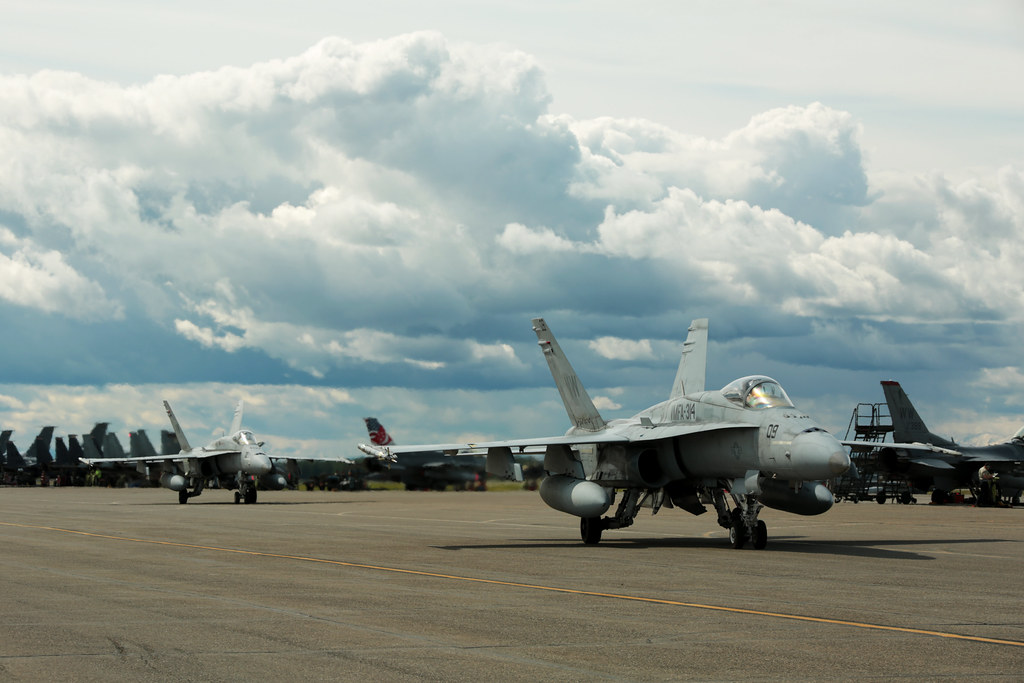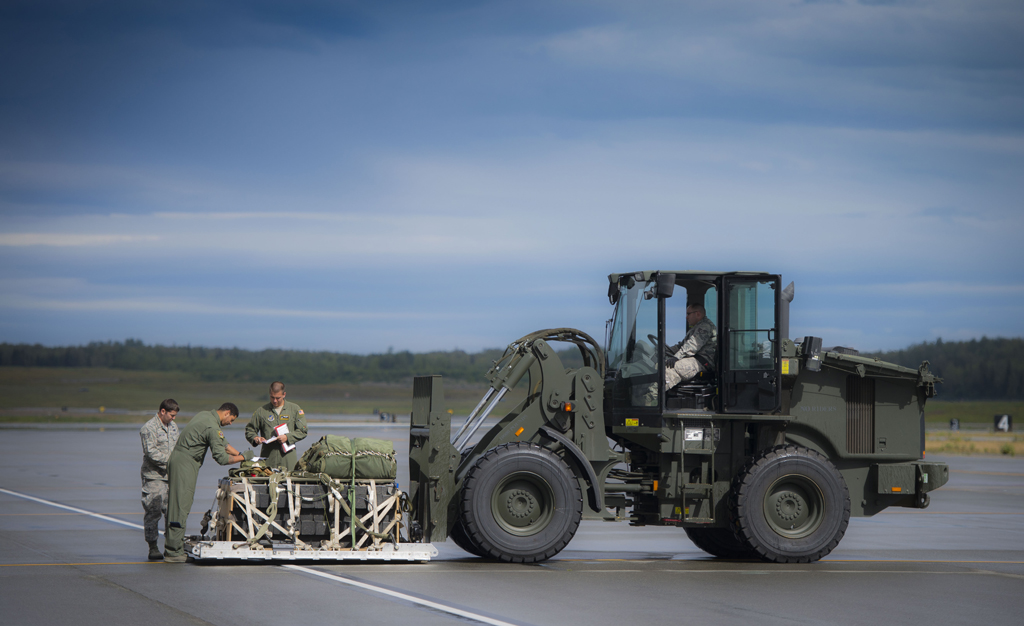
Tacoma skies recently reverberated with the roar of fighter jets, drawing eyes upward as a squadron of military aircraft sliced through the air. This aerial display was not a random occurrence, but part of a meticulously planned international training exercise known as Red Flag-Alaska.

Residents of Tacoma witnessed this high-flying spectacle as a prelude to a series of maneuvers aimed at sharpening the warfighting skills of the participating nations’ air forces.

From May 30 to June 14, over 100 aircraft from three nations, including the United States, joined forces in a demanding training regime intended to simulate the intense conditions of combat deployments.

Red Flag-Alaska is designed to test and ensure that American forces can effectively integrate with their allies in any future conflicts that may arise.

According to Joe Kubistek, the spokesperson for Joint Base Lewis-McChord’s 62nd Airlift Wing, the jets entered the Tacoma airspace over Memorial Day weekend.

Kubistek noted that among the participants were the Indian Air Force and the Republic of Singapore Air Force. However, specifics about which foreign military stopped at the base in the most recent instance were not confirmed.

This year’s exercise witnessed the second iteration of Red Flag-Alaska, with a prior group of Italian Air Force Eurofighter Typhoons tearing through the Tacoma skies in early April.

As a traditional gesture of camaraderie and respect, U.S. Air Force Col. Paul Townsend and Italian Air Force Col. Vito Cracas exchanged gifts at Eielson Air Force Base in Alaska before the commencement of the training.

Hosting more than 1,000 personnel on average, and deploying up to 60 aircraft for each Red Flag exercise, Eielson Air Force Base becomes a buzzing hive of aerial activity.

Another 500 people and an additional 40 aircraft are stationed at Joint Base Elmendorf-Richardson in Anchorage to complete the formidable assembly of air power.

The exercises are orchestrated in such a manner that participants are divided into ‘Red’ and ‘Blue’ forces representing offensive and coalition factions, respectively, while ‘White’ forces maintain a neutral role, acting as a controlling agency to oversee the mock conflict and ensure safety.

Red forces assume the role of potential hostile entities, complete with air-to-air fighters and surface air defense systems, whereas Blue forces comprise U.S. and allied tactical and support units. At the zenith of the exercise, as many as 70 jet fighters can be seen maneuvering through the same airspace.

Red Flag-Alaska’s history dates back to when it was known as Cope Thunder, a training operation that moved from Clark Air Base in the Philippines to Alaska in 1992, after the eruption of Mount Pinatubo.

The exercises received their current name in 2006 and have been a regular feature, challenging and preparing aircrews for the realities of air combat.

The exercises wind down, questions arise about the next iteration, scheduled for August 15-30, and whether it will once again bring a diverse array of foreign aircraft through Pierce County’s airspace.
Relevant articles:
– Seen or heard fighter jets soaring over Tacoma lately? Here’s why, columbian.com

